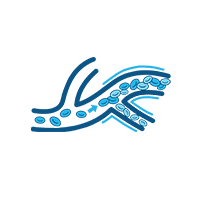Back Pain
Back pain affects up to 70% of people at some point and is the leading cause of disability globally (1). In the United States alone, it incurs an economic cost of over $250 billion annually due to medical expenses, disability, and lost workdays, with some cases becoming chronic and necessitating surgical intervention (2).
Back pain is a prevalent issue that frequently originates from a range of musculoskeletal problems. Whether it’s a muscle strain due to heavy lifting, overuse, or sudden, awkward movements, or a lumbar disc herniation—often referred to as a slipped or ruptured disc—these conditions can lead to significant discomfort. Age-related factors also come into play, with degenerative disc disease and facet joint osteoarthritis often contributing to chronic back pain. In many of these cases, inflammation serves as a common thread, exacerbating pain and stiffness, negatively affecting quality of life. Identifying the precise underlying cause is crucial for effective treatment, which often includes managing inflammation.
Extivita Therapies for Back Pain:
Extivita Therapies for Back Pain:
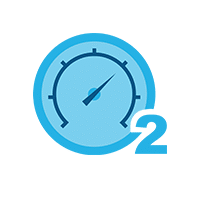
Hyperbaric Oxygen Therapy
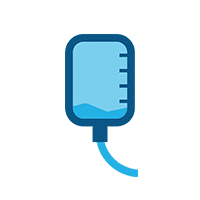
Nutritional IV Therapy
Hyperbaric Oxygen Therapy for Back Pain:
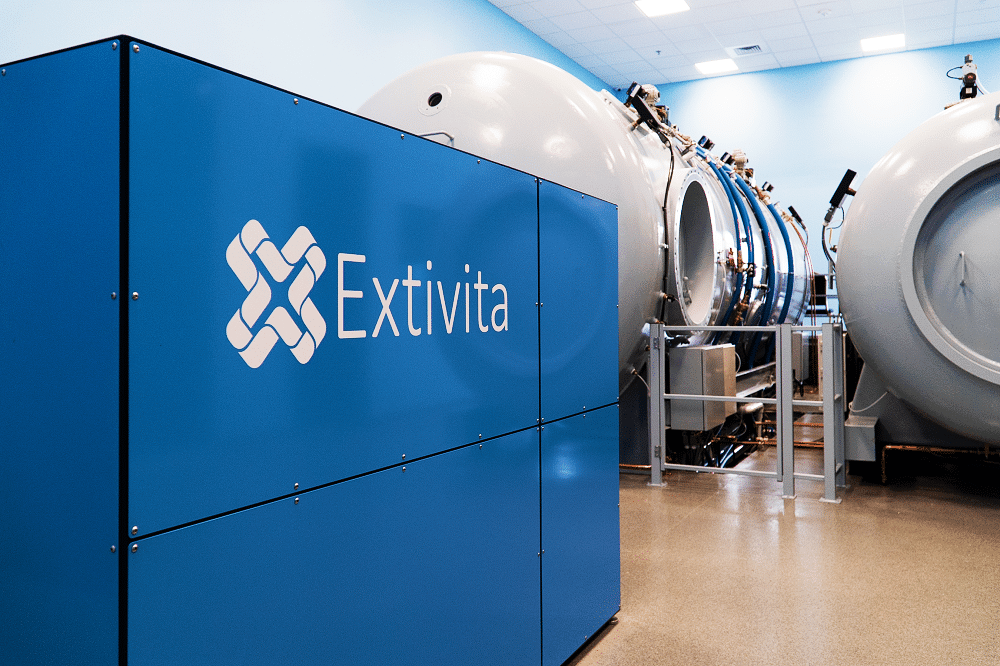
HBOT has been shown to reduce inflammation and pain, while also promoting the repair and regeneration of injured tissues like muscles and discs. By substantially increasing oxygen levels in the blood, HBOT provides the essential fuel for the mitochondria, improving cellular energy and function. Reduction in inflammation allows for enhanced blood flow, better oxygenation, and nutrient delivery to injured areas, thereby accelerating the healing process.
- Decrease inflammation
- Pain management
- Increase circulating stem cells
- Enhanced healing
- Improve circulation
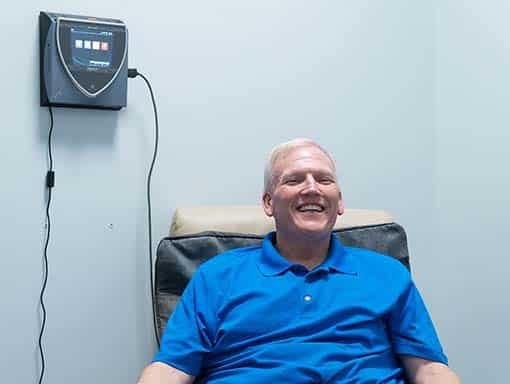
Pulsed Electromagnetic Field Therapy (PEMF) for Back Pain:
Research suggests that Pulsed Electromagnetic Field (PEMF) therapy is beneficial in alleviating back pain through various mechanisms such as stress reduction, pain relief, decreased inflammation, and improved blood circulation. The therapy further aids in cellular repair and regeneration by enhancing oxygen delivery through improved microvascular flow. Moreover, PEMF optimizes cell function, including in tissues impacted by back pain, by enhancing cellular membrane potentials.
IV Therapy for Back Pain:
Vitamin C demonstrates analgesic properties by reducing oxidative stress, decreasing inflammation, minimizing tissue damage, and participating in the synthesis of endogenous opioids (the body’s own natural pain killers) and neurotransmitters (3). In other words, vitamin C helps both in reducing pain and in activating natural pain relief pathways. Similarly, Nicotinamide adenine dinucleotide (NAD+), a coenzyme, offers anti-inflammatory benefits and plays a vital role in cellular energy production, which aids in tissue repair and healing. Furthermore, NAD+ has neuroprotective effects, making it particularly relevant in instances where back pain is caused by nerve compression or injury. Extivita offers both Vitamin C and NAD+ infusions.

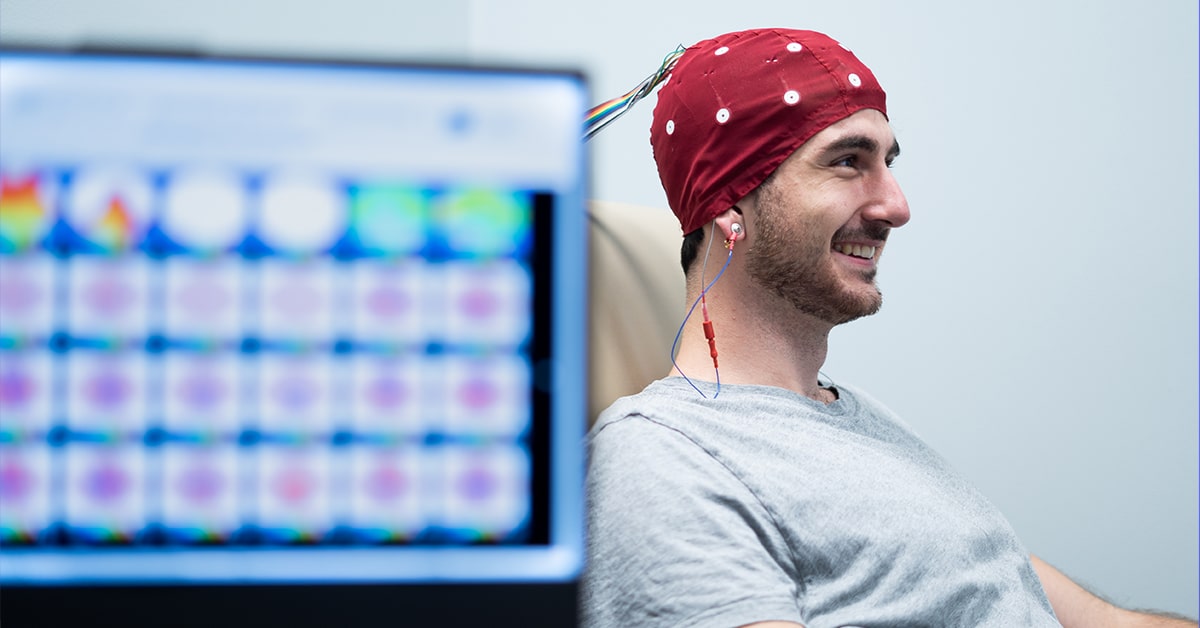
Neurofeedback for Back Pain:
According to clinical studies, neurofeedback shows promise in reducing pain and improving related conditions for individuals with chronic pain (4). This technique can heighten awareness of bodily pain responses, thereby contributing to more effective pain management (5). Additionally, given that chronic pain frequently correlates with stress, neurofeedback also holds the potential to reduce stress levels and cultivate better coping mechanisms.
References
- WHO: https://www.who.int/news-room/fact-sheets/detail/low-back-pain#:~:text=Low%20back%20pain%20(LBP)%20has,LBP%2C%20including%20children%20and%20adolescents.
- Casiano VE, Sarwan G, Dydyk AM, et al. Back Pain. [Updated 2023 Feb 20]. In: StatPearls [Internet]. Treasure Island (FL): StatPearls Publishing; 2023 Jan-. Available from: https://www.ncbi.nlm.nih.gov/books/NBK538173/
- Abel Ang, Juliet M. Pullar, Margaret J. Currie, Margreet C.M. Vissers; Vitamin C and immune cell function in inflammation and cancer. Biochem Soc Trans 19 October 2018; 46 (5): 1147–1159. doi: https://doi.org/10.1042/BST20180169.
- Roy, Rubén et al. “Neurofeedback for Pain Management: A Systematic Review.” Frontiers in neuroscience vol. 14 671. 16 Jul. 2020, doi:10.3389/fnins.2020.00671
- Jensen M. P., Day M. A., Miró J. (2014). Neuromodulatory treatments for chronic pain: efficacy and mechanisms. Nat. Rev. Neurol. 10, 167–178. 10.1038/nrneurol.2014.12

